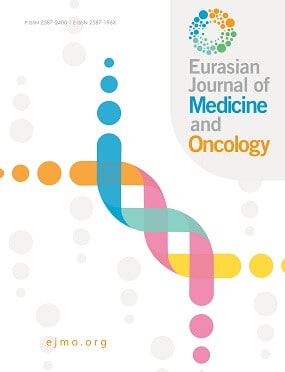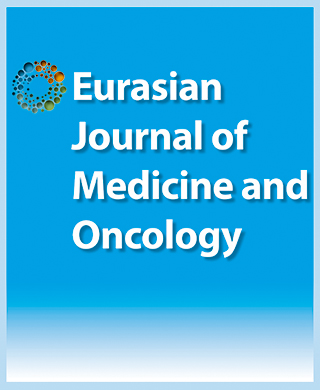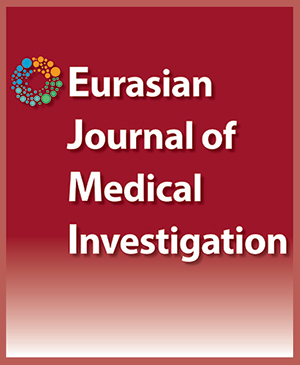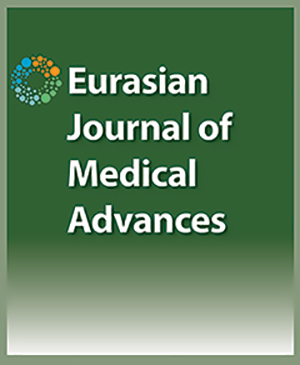

Identification of Potentially Therapeutic Target Genes in Metastatic Breast Cancer via Integrative Network Analysis
Hazel Jing Yi Leong1, Hao Dong Tan1, Wei Hsum Yap1, Adeline Yoke Yin Chia2, Serena Zacchigna3, Yin-Quan Tang21School of Biosciences, Faculty of Health and Medical Sciences Taylor's University, Subang Jaya, Malaysia, 2Medical Advancement for Better Quality of Life Impact Lab, Taylor's University, Subang Jaya, Selangor Darul Ehsan, Malaysia, 3Department of Cardiovascular Biology, International Centre for Genetic Engineering and Biotechnology, Trieste, Italy,
Objectives: Metastatic breast cancer (MBC) represents a significant cause of morbidity and mortality in patients. How ever, the molecular mechanism of the disease among MBC patients remains elusive. Methods: An integrated characterization was performed using two independent datasets of normal and malignant breast tissues (GSE29431 and GSE12276), and the differentially expressed genes (DEGs) had been analysed. Network system biology based on the protein–protein interaction (PPI) network was performed using STRING, identified hub genes were confirmed by the Cytoscape and Kaplan–Meier survival analysis to study DEGs of overall survival. Results: The study identified 159 DEGs which includes 54 up-expressed and 105 down-expressed genes, and network analysis indicate that nucleosome assemble, and cell cycle regulation mediate breast cancer metastasis. HIST1H2BD and KMT2A were recognized as key hub genes regulate cell fate transitions to promote tumor progression and metastasis. An other key hub gene, ITGB1 could drive metastasis by modulating the cell cycle processes through FAK and AKT pathways. KM survival analysis revealed these three hub genes were closely correlated with the overall survival of patients. Conclusion: This study provides a new deeper insight into better understanding of these hub genes (HIST1H2BD, KM T2A and ITGB1) can potentially be used in novel therapeutic strategies for MBC. Keywords: Breast cancer, biomarkers, metastasis, Protein-Protein Interaction Network, therapeutic targets
Cite This Article
Leong H, Tan H, Yap W, Chia A, Zacchigna S, Tang Y. Identification of Potentially Therapeutic Target Genes in Metastatic Breast Cancer via Integrative Network Analysis. EJMO. 2023; 7(4): 371-387
Corresponding Author: Yin-Quan Tang



